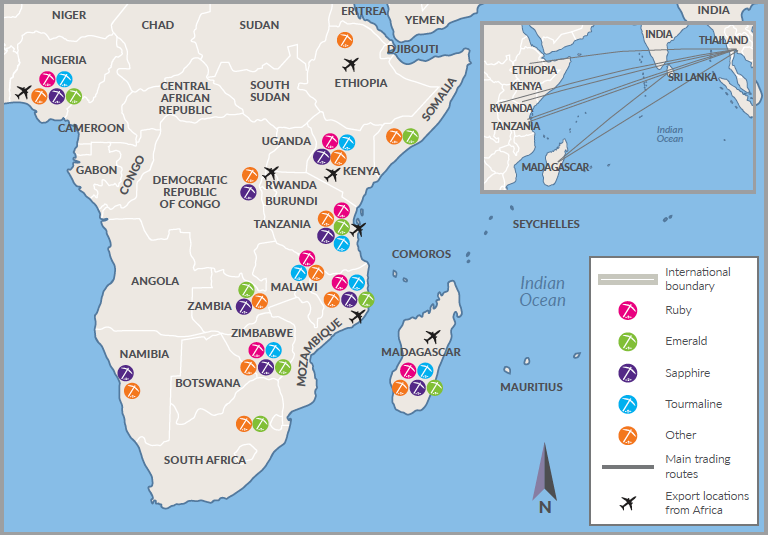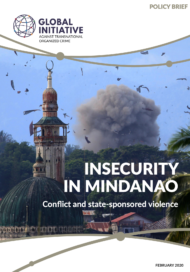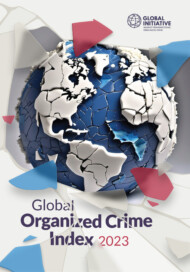Posted on 31 Jul 2020
The coloured gemstone sector is an international trade linking supply countries in Africa and traders in Thailand and elsewhere in Asia. Today, there are more than 50 source countries and over a hundred gemstone varieties.
In 2015, a conservative estimate of the global annual market for rough coloured gemstones – the term used to describe uncut, unpolished stones – valued the sector at between US$17 billion and US$23 billion.
From Africa, the rough stones are shipped mainly to Thailand, India and Sri Lanka, which are home to long-established, traditional processing centres, and are the main global hubs for cutting and polishing stones for the global retail market.
The Thai gemstone industry is known to be heavily dependent on African rough coloured gemstones (see the map); however, official trade records fail to reflect the immense scale of the trade.

The informal nature of the coloured-gemstone trade, combined with the inherent difficulty in valuing rough stones at the site of extraction, provides ample opportunity for criminal and corrupt actors to exploit and profit from it.
The extensive nature of illicit supply chains and the influence of criminal actors are significant obstacles to development efforts and outcomes in Africa, where criminal control over this sector, especially by foreign actors, has deprived the continent of much of the potential economic benefits of the gemstone industry by offshoring value-adding processing.
There is little research on supply chains, actors or financial flows in this sector. In particular, the role of African traders in international coloured-gemstone supply chains has received little attention, and their participation often goes unnoted and unacknowledged.
This investigation aims to begin to fill this information gap. This report draws attention to the significant and multifaceted role African traders play in linking African source markets to Asian producers. The report also seeks to shed light on the scale of the trade and its long-term development impacts for actors both in Africa and in Thailand.




